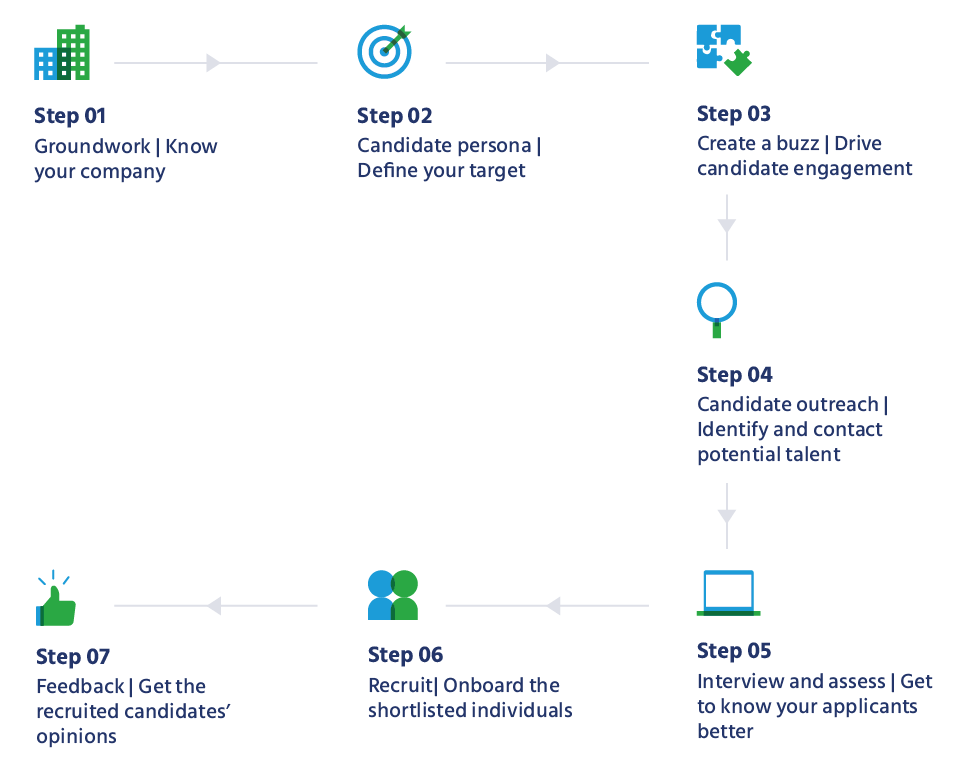As the concept of “talent scarcity” gains traction, seasoned recruiters refuse to buy into that line of thinking. In other words, successful talent acquisition teams recognize that there is no dearth of talented individuals but a dearth of futuristic recruitment approaches. That is where talent sourcing steps into the limelight.
Before highlighting the advantages that make talent sourcing so important, we must understand that an HR strategy that focuses on active as well as passive candidates is more likely to succeed than conventional hiring norms. Because when you start looking for competent individuals who have not put themselves on the job market, you are more likely to discover the best talent vis-a-vis the best available talent!
Benefits of talent sourcing
The following advantages highlight the importance of sourcing in recruitment.
It improves the quality of hire
Spending dedicated hours perfecting your talent sourcing strategies gives you a better understanding of the roles and what competencies make individuals succeed in those roles. With this evolved understanding, you can better streamline the way you search for candidates. Moreover, as you begin approaching passive talent, you would notice:

Passive candidates are often the highlight of effective talent sourcing and rightly so. They are not interviewing elsewhere (less competition for you), and they will choose your company for the right reasons (since you reach out to them and not vice versa).
It increases diversity
With an airtight sourcing strategy, you would have a talent pipeline that is as diverse as you need. Sourcing eliminates the last-minute rush for filling open positions. Therefore, you are free to take your time and shortlist the professionals strategically, to meet your workplace diversity goals.









 Behavioral Competencies
Behavioral Competencies Cognitive Competencies
Cognitive Competencies Coding Competencies
Coding Competencies Domain Competencies
Domain Competencies







































Would you like to comment?